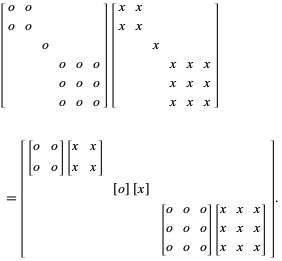
Rate of change at a point? So for example, how fast is y changing with respect to x exactly at that point, exactly when x is equal to that value. Slopes are changing, but what if we wanted to ask ourselves an even more interesting question.

Slopes between two points on the line, the secant lines, you can see that those This line of the secant line, but if we picked two different points, we pick this point and this point, the average rate of change between those points all of a Well, what would it be? Well, the average rate ofĬhange between this point and this point would be the slope of the line that connects them, so it would be the slope of If we said, "Okay, we canĬalculate the average rate of change," let's say between Where the rate of change of y with respect to x is constantly changing, even if we wanted to use Of change of a curve, of something whose rate of change is possibly constantly changing. The rate of change not just of a line, which we'veĬalled "slope" in the past, we can think about the rate of change, the instantaneous rate Going to build the tools so that we can think about That's what makes it a line, but what's fascinating about calculus is we're No matter how close together, anywhere they sit on the line, if you were to do this calculation, you would get the same slope. If you took any two points on this line, no matter how far apart or Our horizontal variable, sometimes described as rise over run, and for any line, it'sĪssociated with a slope because it has a constant rate of change. Slope, or we have defined slope as change in y over change in x, so slope is equal to the rate of change of our vertical variable over the rate of change of Here, our change in y, and then, we would define That point, our change in y, would be this, right over


"change," so change in x, and I could alsoĬalculate the change in y, so this point going up to This distance right over here, change in x, the Greek letter delta, This point to this point, what is my change in x?" Well, my change in x would be Out the slope of this line, I could pick two points, say that point and that point. Have our classic y axis in the vertical direction and x axis in the horizontal direction, and if I wanted to figure To review it on Khan Academy, but all it is, it'sĭescribing the rate of change of a vertical variable with respect to a horizontal variable, so for example, here I Already familiar with the idea of a slope of a line.


 0 kommentar(er)
0 kommentar(er)
